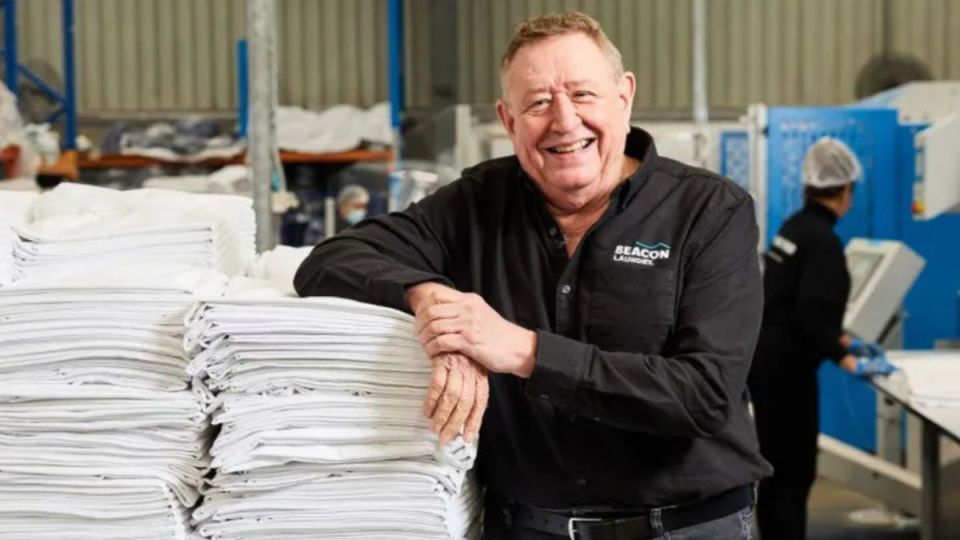


The South Australian government will give embattled disability provider Bedford a secured loan and purchase its Balyana site in Adelaide’s south-east, as part of a $15 million support package to keep it out of administration.
The government will purchase the four-hectare site in Clapham, valued at approximately $12 million.
It follows meetings with Bedford Group last week and talks over the weekend to prevent disruption to Bedford’s vulnerable clients.
SA Premier Peter Malinauskas told ABC Radio Adelaide on Monday that if Bedford had gone into administration on Sunday, it would have been in liquidation by the end of this week, with “no job and no plan” for its 1400 clients.
A condition of the state government intervention is a change of management. Bedford CEO Myron Mann resigned over the weekend.
It is understood that there have been no other leadership changes.
“A change of management was going to be required if the state government was going to step in in the way we have, and that’s now occurred with the CEO’s departure,” Malinauskas said on Monday.
“But it’s also, I think it’s self-evident, that there are decisions that Bedford have made in recent years that, with hindsight, were very poor ones.”
Bedford’s crash followed a five-year turnaround plan that failed to bear fruit. It has racking up more than $20 million in operating losses since 2021.
The loan and proceeds from the sale of Balyana will be used to meet key liabilities, and McGrathNicol has been appointed as restructuring adviser.
Other conditions of the support package include that Bedford cease elements of its current business strategy that led to its financial challenges, along with other recommendations from McGrathNicol.
Bedford said on Sunday that it would work with McGrathNicol to secure its future.
All Bedford staff and clients were encouraged to return to work as normal on Monday, with operations and programming continuing.
Insolvency expert Bruce Carter AO has been appointed to the Bedford board as the state government’s independent observer.
About 40 people live in supported living facilities at the Balyana site, which Malinauskas said were no longer fit for purpose. His government’s intervention “allows for more thoughtful and compassionate planning” for residents’ future.
He said Bedford’s problems were not of the state government’s making, but “when people are suffering, we act”.
Malinauskas said his government had “worked carefully to protect the state’s interests” through the loan structure and land purchase.
“I want to be clear that success is not guaranteed,” he said.
“There will be difficult decisions ahead for Bedford, if it is to turn the business around.”
Bedford Group chairperson Janet Miller said she was relieved and had “immense gratitude” for Malinauskas and his team.
“To our customers, supporters and to other organisations in the sector, thank you from the bottom of my heart for the outpouring of support and your desire to stand with us. This speaks volumes about this sector,” Miller said.
“To our clients, their families, carers, and the staff at Bedford, I cannot truly know the distress that you have suffered over the last 48 hours and I am truly sorry for that.”
SA opposition human services spokeswoman Michelle Lensink told ABC Radio Adelaide that while the Coalition was pleased Bedford had been thrown a lifeline, the government response was “very 11th hour”.
Bedford is a registered NDIS provider, with its employment services funded and regulated by the federal government’s Department of Social Services.
Lensink said the NDIS model had failed Bedford and was potentially failing other similar organisations.
Malinauskas said it was “hard to say” if other disability employers were likely to go under, but that other supported wage employers across Australia were feeling the pain of federal funding models.
This article first appeared in InDaily. Read the original here










